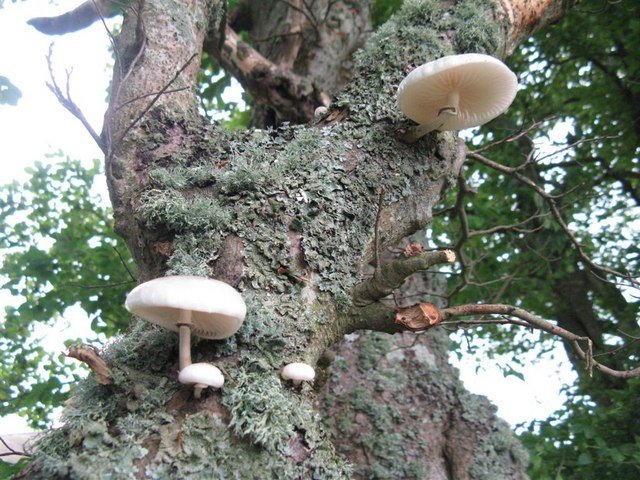Nature, in its infinite creativity, often blurs the line between beauty and brutality. Among its myriad wonders is a fungus that has developed a rather sinister method of survival: trapping nematodes using sticky death traps. Imagine a world where the hunter is not a lion or a hawk, but a seemingly innocuous fungus lying in wait for its prey. This fascinating organism has evolved to capture and consume nematodes, showcasing an extraordinary example of nature’s ingenuity.
The Unassuming World of Nematodes
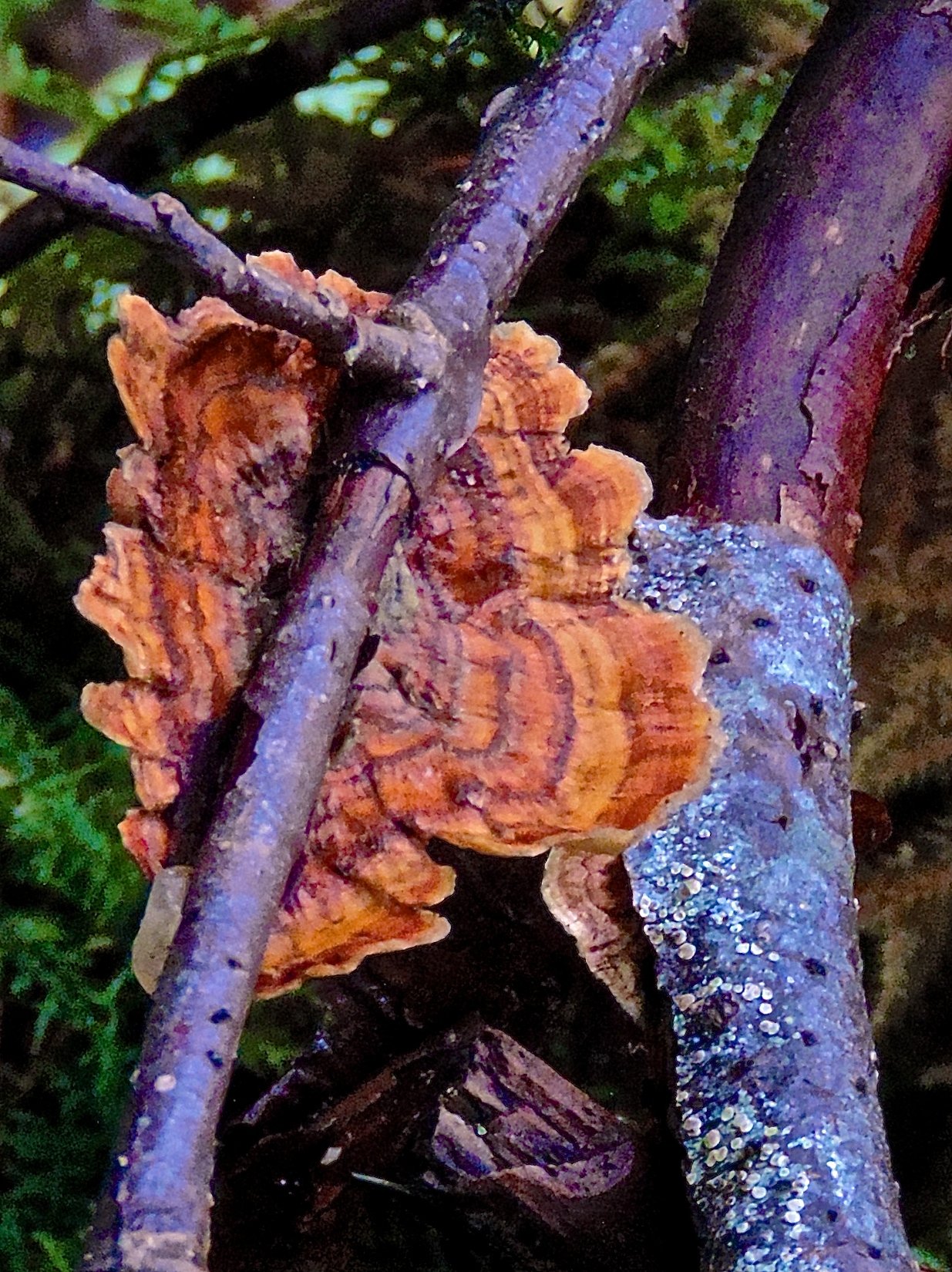
Nematodes, often called roundworms, are some of the most abundant creatures on Earth. They can be found in nearly every ecosystem, from the deepest oceans to the highest mountains. Despite their small size, they play a crucial role in soil health by decomposing organic matter and recycling nutrients. However, their abundance also makes them a target for various predators, including a unique type of fungus that has evolved to capture them. It’s a microscopic game of cat and mouse, where the stakes are life and death.
A Fungus with a Deadly Twist
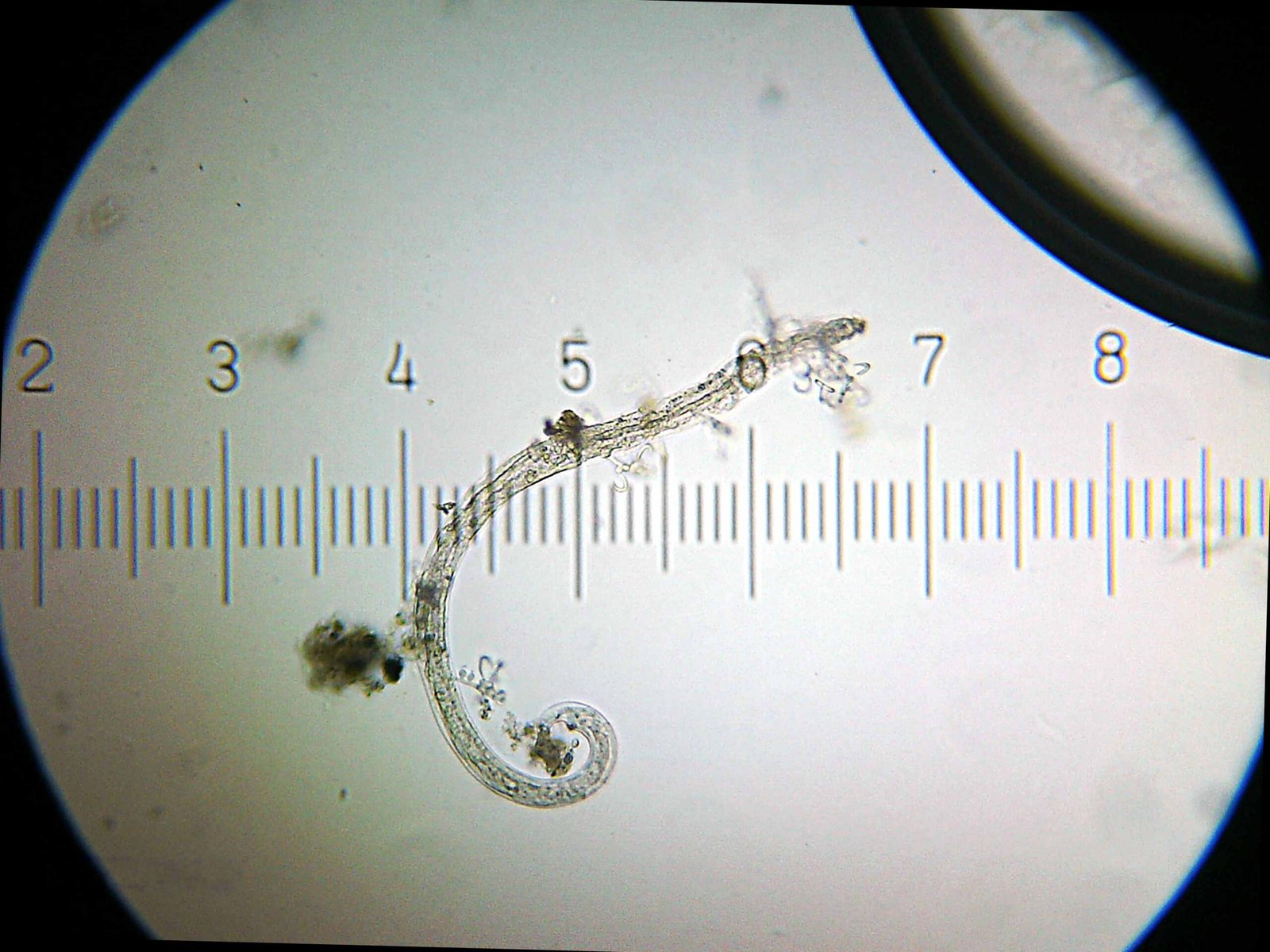
The fungus in question belongs to a group known as nematophagous fungi. These fungi have developed a unique method of trapping nematodes using a sticky substance. The traps are formed from specialized hyphae, which are thread-like structures that make up the body of the fungus. When a nematode comes into contact with these sticky traps, it becomes ensnared, unable to escape. It’s a gruesome end for the nematode, but a necessary survival strategy for the fungus. This adaptation highlights the relentless arms race between predator and prey in the natural world.
How the Traps Work
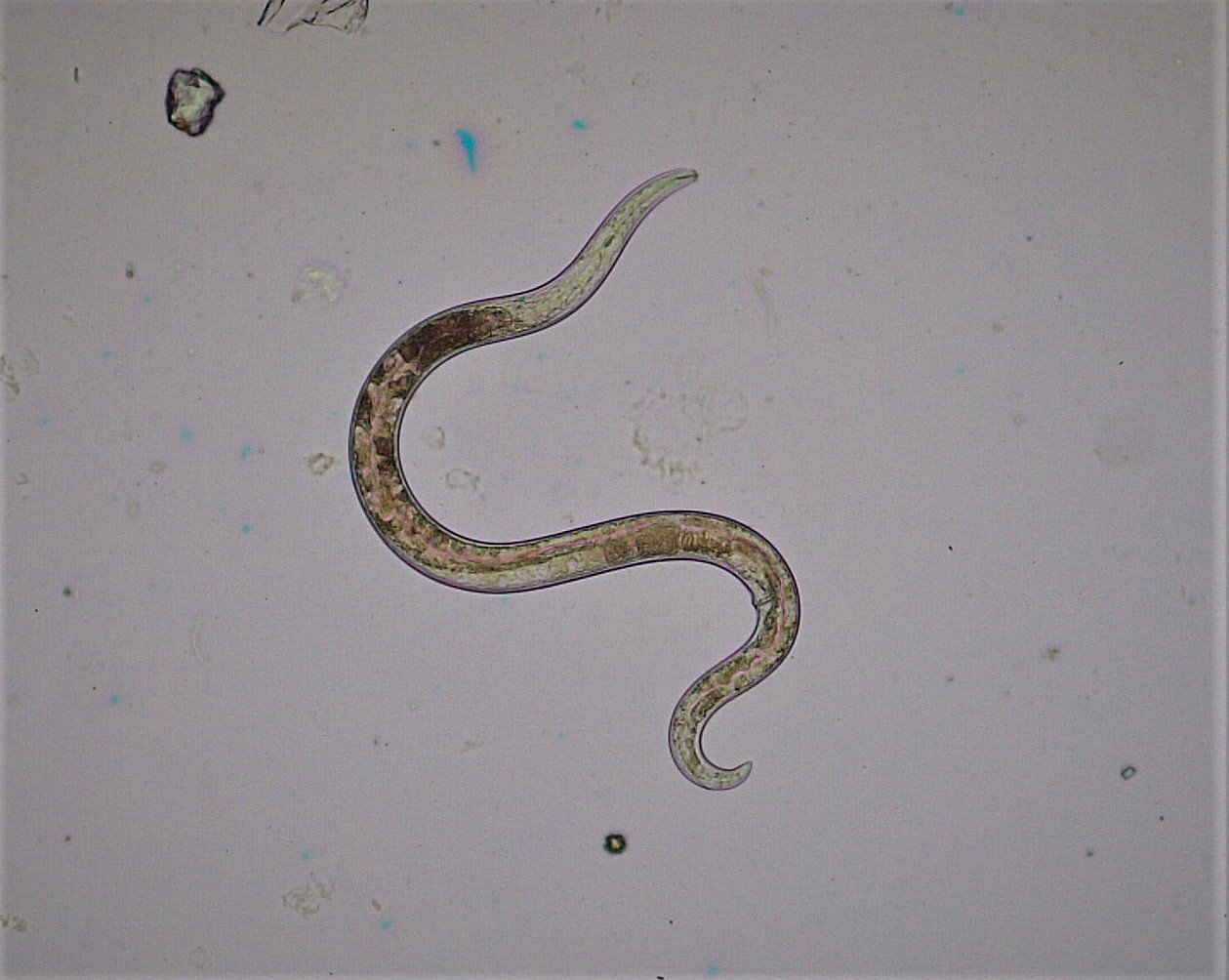
The sticky traps are not just random globs of glue. They are meticulously designed structures that ensure the nematode cannot wriggle free. The traps can take various forms, including rings, nets, or adhesive knobs. Once a nematode touches the trap, the fungus quickly invades its body, consuming it from the inside out. This process not only provides essential nutrients for the fungus but also helps control nematode populations in the environment. It’s a win-win situation for the fungus, though not so much for the nematode.
The Science Behind the Stickiness
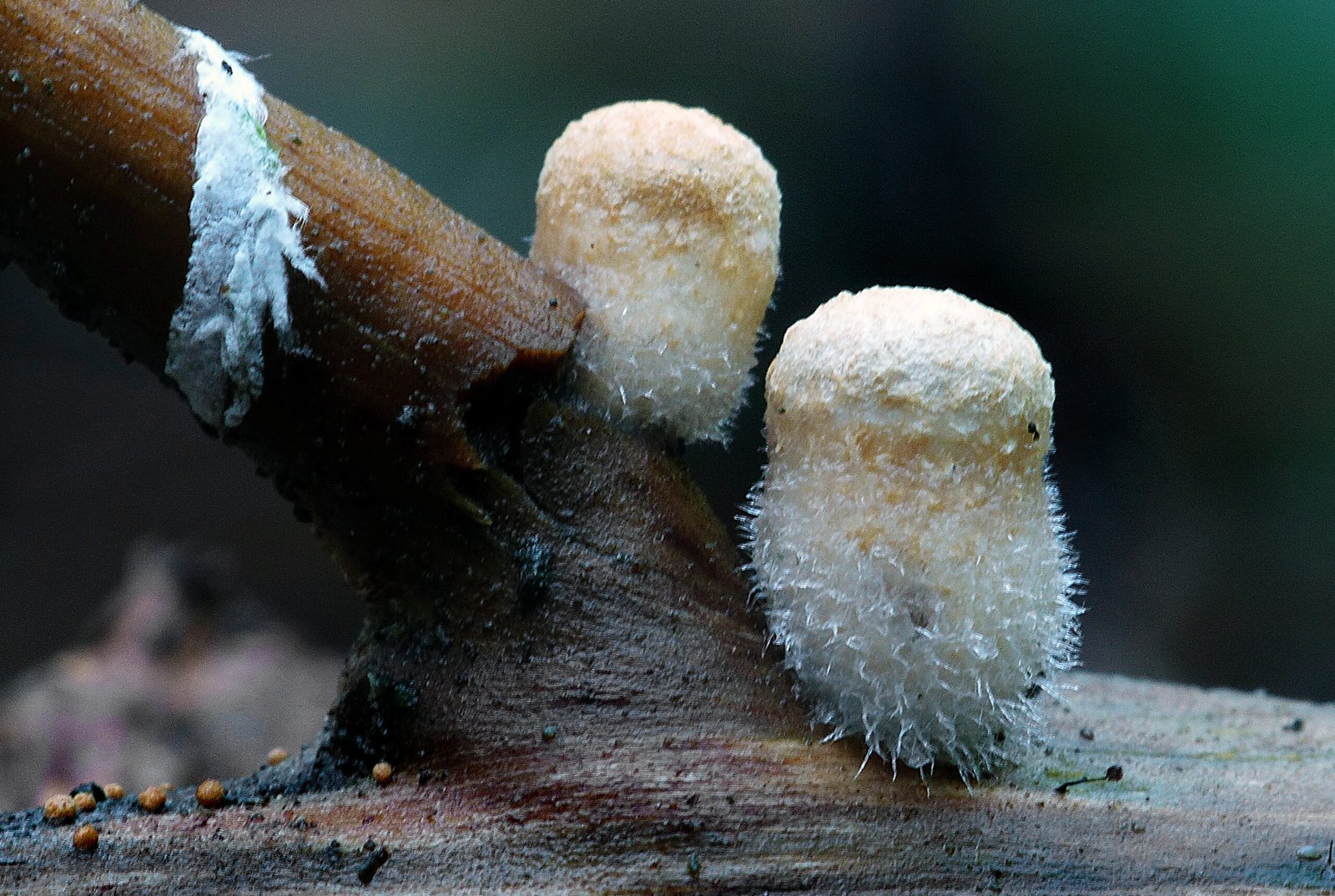
The sticky substance used by these fungi is a complex mixture of proteins and polysaccharides. These compounds are designed to adhere to the nematode’s cuticle, the outer layer of its body. The stickiness is so effective that even the slightest contact can result in entrapment. Research has shown that the composition of these adhesives can vary between different species of nematophagous fungi, suggesting a high degree of specialization. This specialization allows each fungus to target specific nematode species, enhancing its chances of survival.
An Evolutionary Arms Race
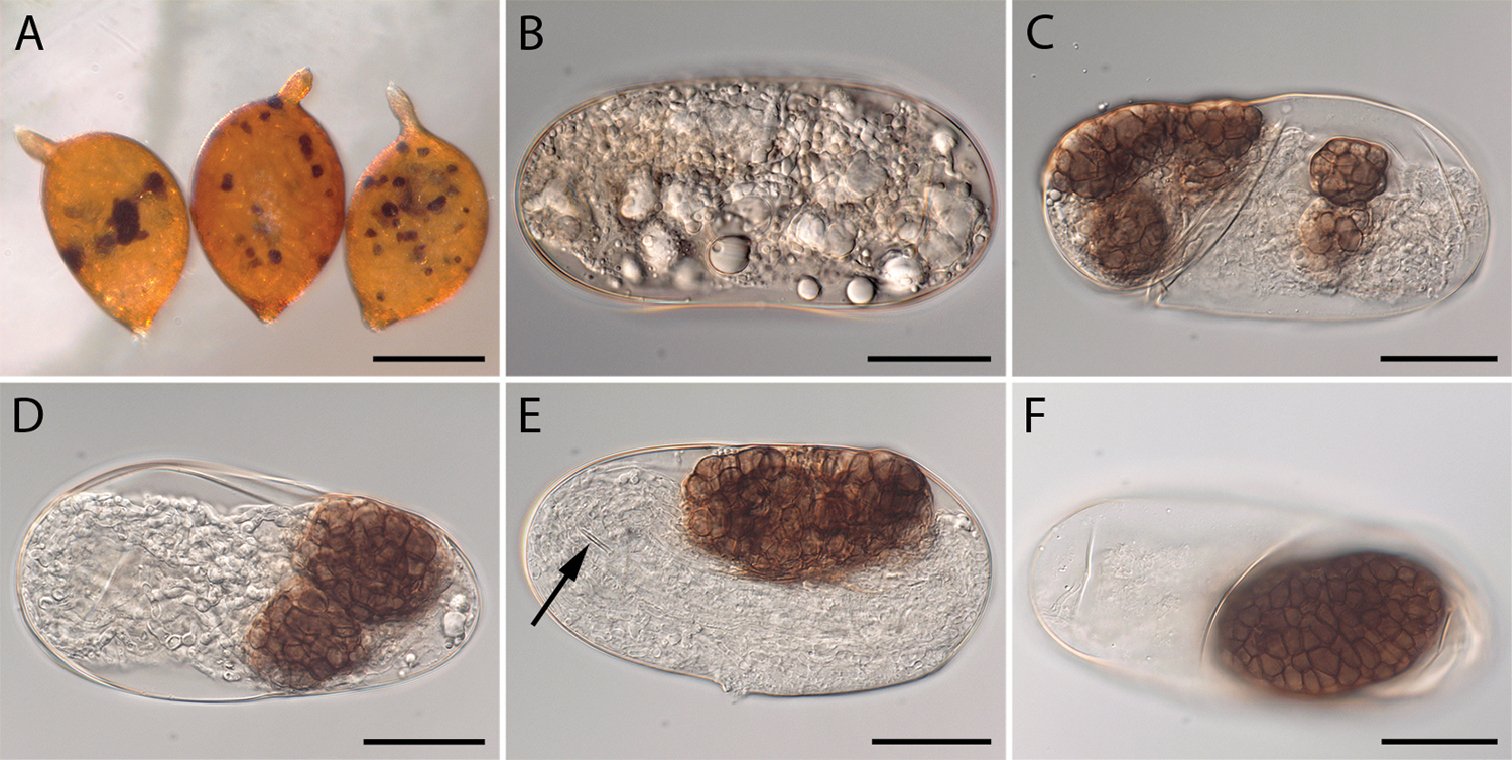
The relationship between nematodes and their fungal predators is a classic example of an evolutionary arms race. As fungi develop more effective traps, nematodes evolve better escape mechanisms. This constant back-and-forth drives the evolution of both organisms, leading to increasingly sophisticated adaptations. It’s a testament to the power of natural selection, where only the most adaptable survive. This dynamic interaction underscores the complexity and interconnectedness of ecosystems.
Implications for Agriculture
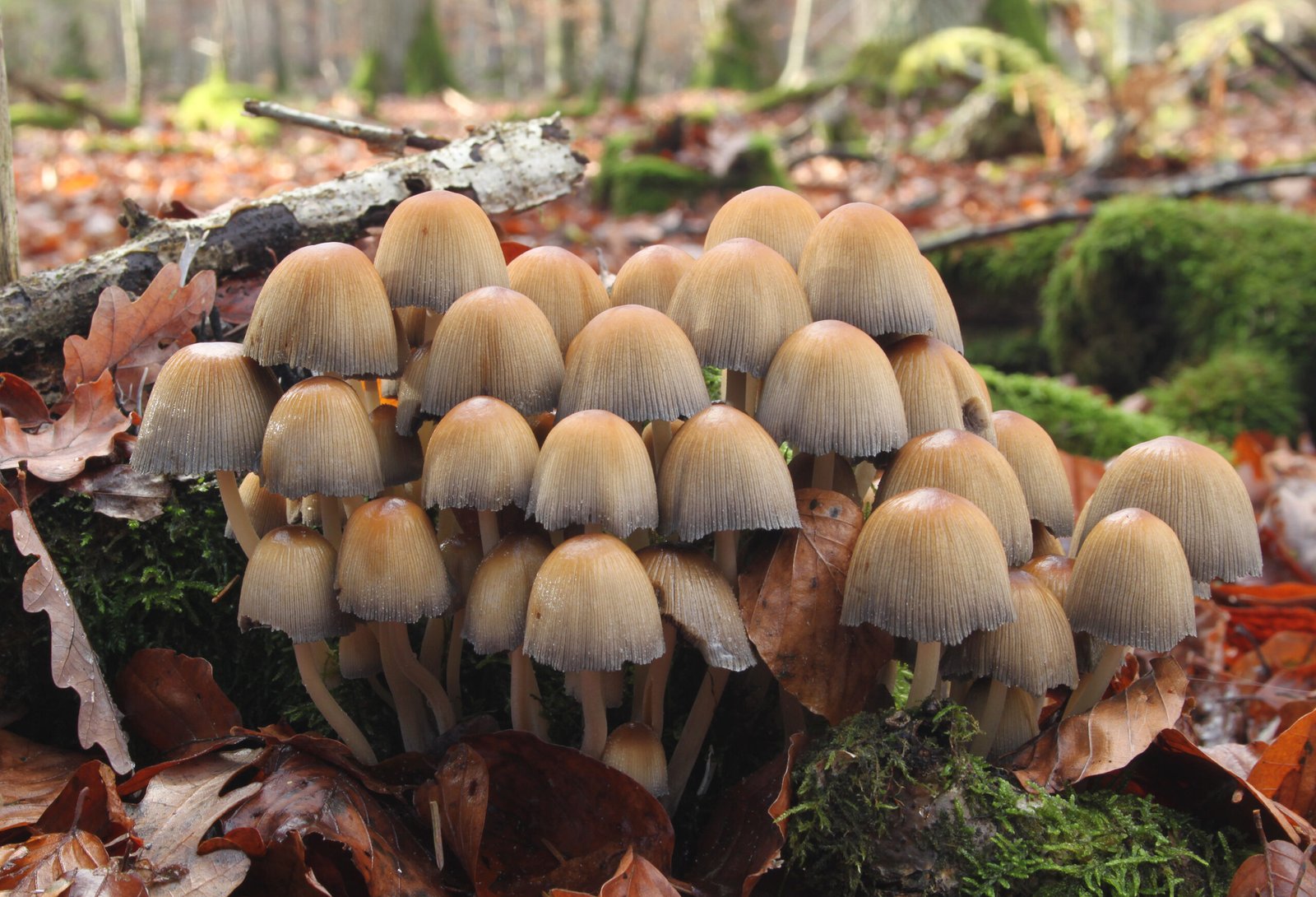
The ability of these fungi to control nematode populations has significant implications for agriculture. Nematodes can be devastating pests, causing substantial damage to crops. By harnessing the power of nematophagous fungi, farmers can reduce their reliance on chemical pesticides, leading to more sustainable farming practices. This natural method of pest control is not only environmentally friendly but also economically viable. It represents a promising avenue for future agricultural innovation.
The Role of Fungi in Ecosystems
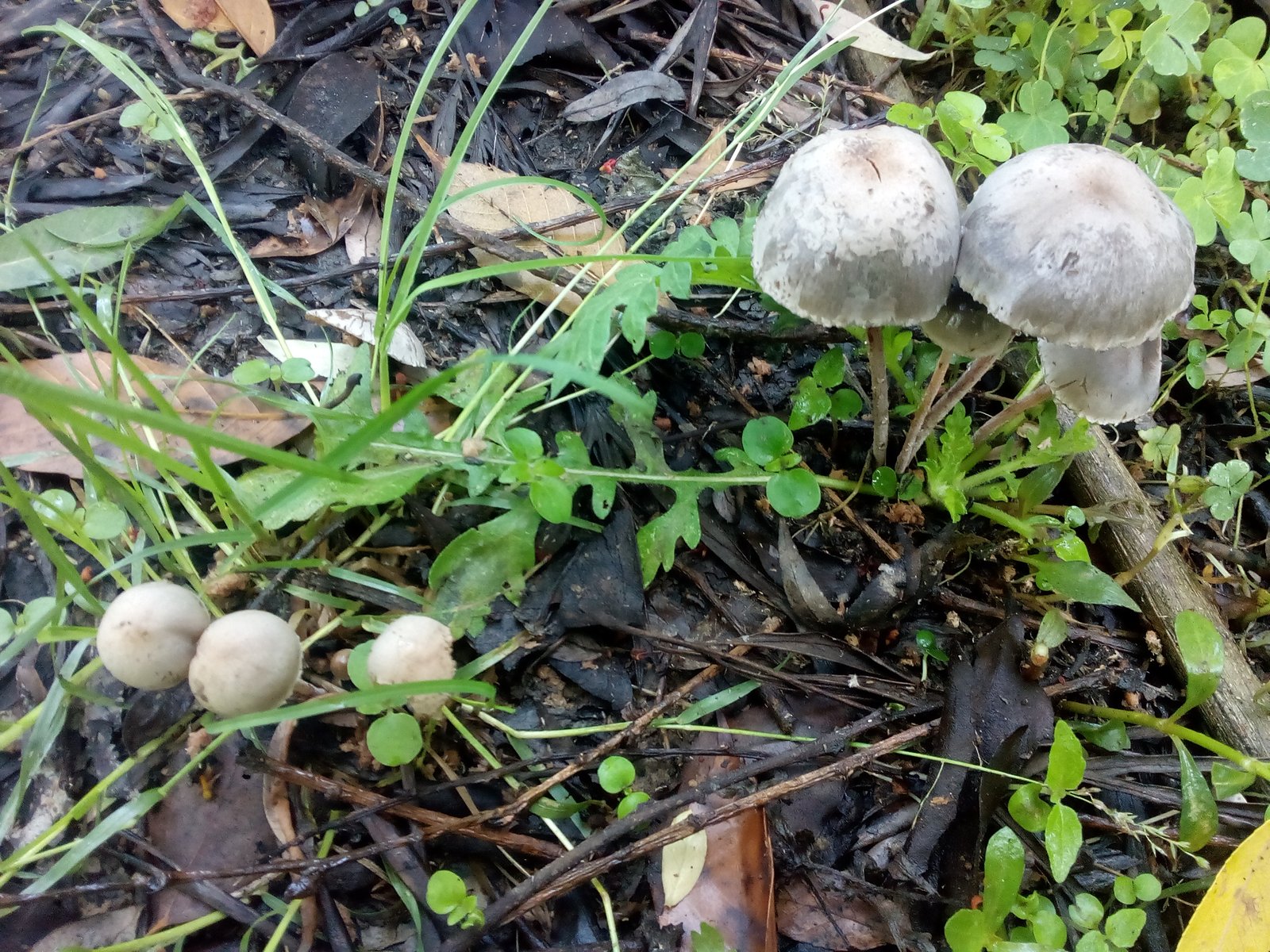
Fungi are often overlooked in discussions about biodiversity, yet they play a vital role in ecosystems. They are essential decomposers, breaking down organic matter and recycling nutrients. In the case of nematophagous fungi, they also help regulate nematode populations, maintaining ecological balance. Their interactions with other organisms highlight the intricate web of life, where even the smallest players can have a significant impact. Understanding these relationships is crucial for preserving biodiversity and ecosystem health.
Challenges in Studying Nematophagous Fungi
Studying these fungi presents several challenges, primarily due to their microscopic size and complex life cycles. Researchers must employ advanced techniques, such as microscopy and molecular biology, to unravel the mysteries of these organisms. Despite these challenges, recent advances in technology have shed light on their fascinating biology. Continued research is essential for unlocking their full potential and understanding their role in the natural world. It’s a journey of discovery that promises to reveal more about the hidden wonders of nature.
The Future of Research

The study of nematophagous fungi is still in its infancy, with many questions yet to be answered. How did these fungi evolve such specialized trapping mechanisms? What other organisms might they interact with in their environment? The answers to these questions could have far-reaching implications, not only for science but also for agriculture and conservation. As researchers continue to explore this intriguing field, they are likely to uncover new insights into the complex interactions that shape our world.
Reflections on Nature’s Ingenuity
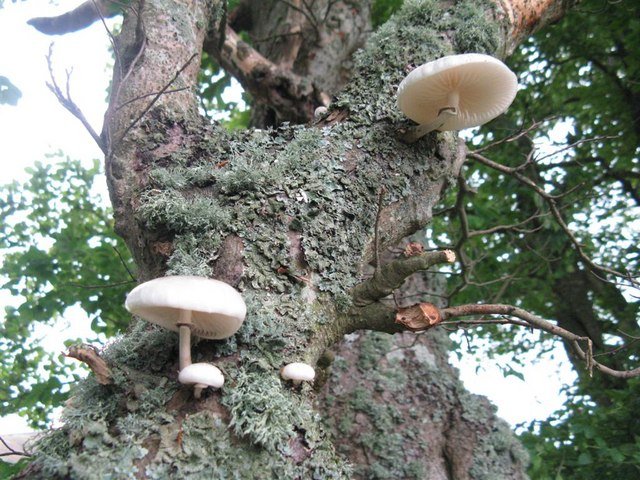
The story of the fungus that traps nematodes using sticky death traps is a testament to nature’s ingenuity. It’s a reminder that life is full of surprises, where even the most unassuming organisms can possess extraordinary abilities. This tale of survival and adaptation challenges our perceptions and invites us to look closer at the world around us. As we continue to explore the intricacies of nature, we must ask ourselves: What other wonders await discovery?

